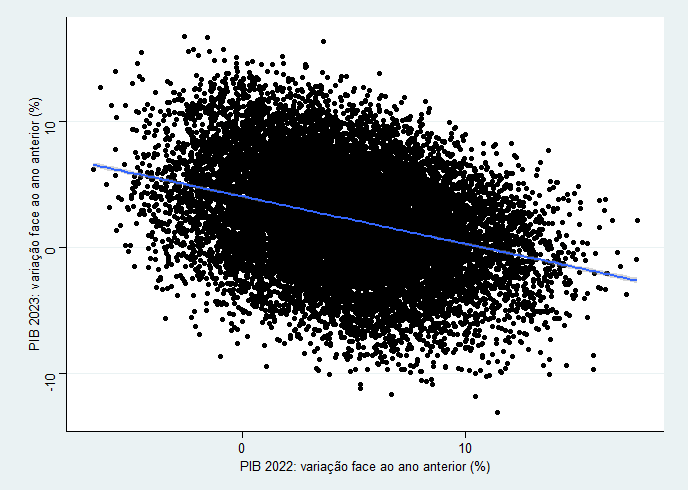
Since 2013, I have been working as Senior Economist at Católica Lisbon Forecasting Lab – NECEP with Professor João Borges de Assunção from CATÓLICA-LISBON.
Founded in 2005, NECEP is a small research group, integrated in the Applied Research & Consulting Centre (CEA) of CATÓLICA-LISBON, which tracks the short-term behavior of the Portuguese economy. It is an independent entity that, among other activities, discloses quarterly and medium-term forecasts on the Portuguese GDP growth, inflation and unemployment rate, producing a quarterly newsletter. It also produces thematic reports, namely, about the Portuguese Budgetary Plan and specific forecasts, namely, of traffic on highways (for BRISA) or cement sales (for SECIL).
Besides, NECEP is being developed an original research in forecasting and predictive analytics, supported by funding schemes for R&D projects and centres evaluated by FCT, namely, the Católica Lisbon Research Unit in Business & Economics – CUBE (UID/GES/00407/2020). Here is our research:
- The Surprising Robustness of Partial Least Squares, 2024. DOI: 10.48550/arXiv.2409.05713
- A robust method to date recessions and compute output gaps: the Portuguese case, 2024. DOI: 10.1007/s10258-024-00259-4
- Nowcasting GDP: An Application to Portugal, 2022. DOI: 10.3390/forecast4030039
The visible result of our work was the international award obtained by Universidade Católica Portuguesa (through NECEP) as the Best GDP Forecaster – Portugal 2020, repeating the distinction gave by FocusEconomics (Barcelona, Spain) in 2018.
